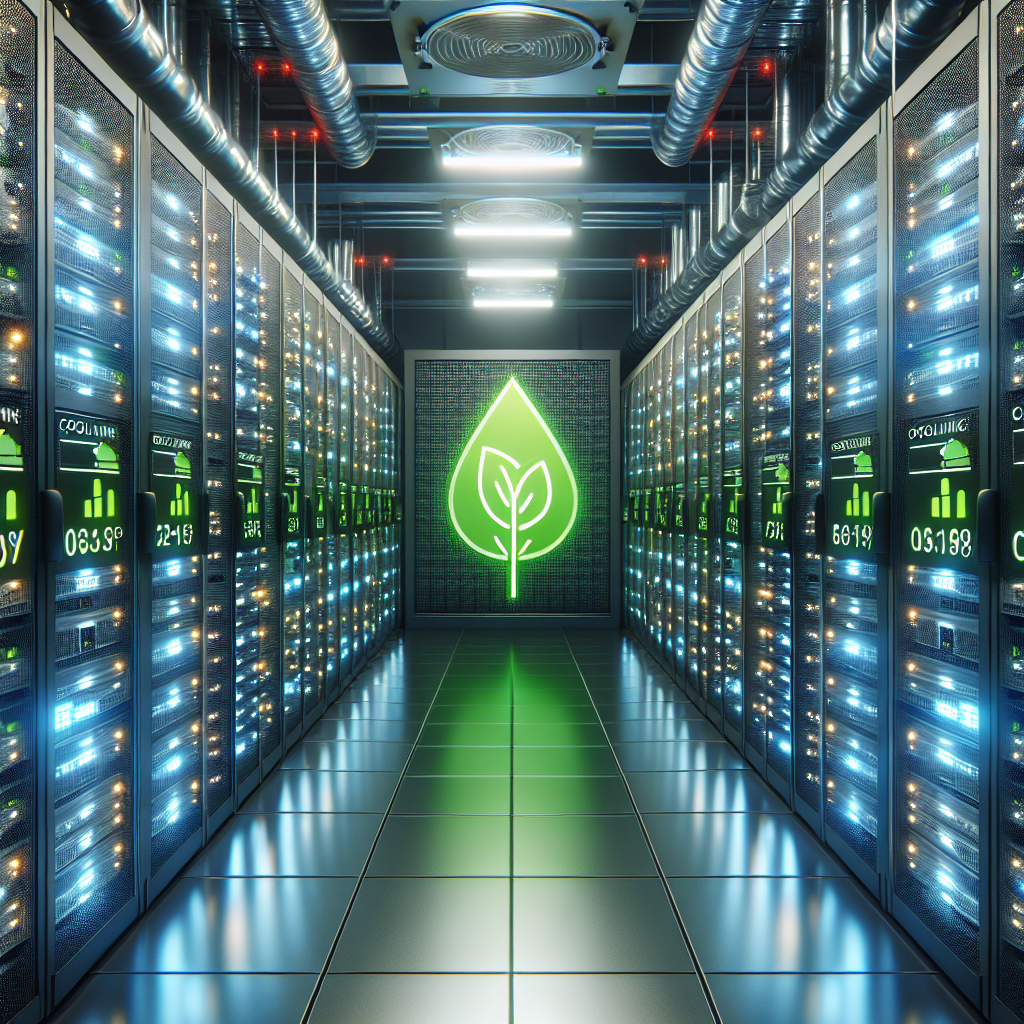Fix today. Protect forever.
Secure your devices with the #1 malware removal and protection software
In today’s digital age, data centers play a crucial role in storing, processing, and managing vast amounts of data. However, the increasing demand for data center services has also led to a significant rise in energy consumption and carbon emissions. According to a report by the U.S. Department of Energy, data centers account for approximately 2% of global electricity consumption.
One of the key factors contributing to the high energy consumption of data centers is cooling. Data centers generate a considerable amount of heat due to the operation of servers, storage systems, and networking equipment. To prevent overheating and ensure optimal performance, data centers require efficient cooling systems.
Maximizing energy efficiency in data center cooling is essential not only to reduce operating costs but also to minimize environmental impact. By optimizing cooling systems, data center operators can achieve significant energy savings and lower their carbon footprint.
There are several strategies that data center operators can implement to maximize energy efficiency in cooling. One of the most effective ways is to implement a comprehensive cooling optimization plan that includes the following:
1. Utilize Hot Aisle/Cold Aisle Containment: Hot aisle/cold aisle containment is a layout design that separates the hot exhaust air from the cool intake air in data center racks. By implementing this design, data centers can reduce air mixing, improve airflow, and increase cooling efficiency.
2. Implement Variable Speed Drives: Variable speed drives (VSDs) allow cooling equipment such as fans and pumps to adjust their speed based on the cooling load. This enables data centers to operate cooling systems at optimal levels, reducing energy consumption during off-peak hours.
3. Use Economizers: Economizers are cooling systems that use outside air to cool data centers when ambient temperatures are low. By using economizers, data centers can reduce the need for mechanical cooling, resulting in energy savings.
4. Optimize Temperature and Humidity Settings: Data centers can optimize temperature and humidity settings to reduce cooling loads without compromising equipment performance. By setting temperature and humidity levels within recommended guidelines, data centers can achieve energy savings while maintaining optimal operating conditions.
5. Conduct Regular Maintenance: Regular maintenance of cooling equipment is essential to ensure optimal performance and energy efficiency. By conducting routine inspections, cleaning filters, and checking for leaks, data center operators can prevent energy wastage and prolong the lifespan of cooling systems.
In conclusion, maximizing energy efficiency in data center cooling is crucial for reducing operating costs and environmental impact. By implementing a comprehensive cooling optimization plan that includes strategies such as hot aisle/cold aisle containment, variable speed drives, economizers, temperature and humidity optimization, and regular maintenance, data center operators can achieve significant energy savings and contribute to a more sustainable future.
Fix today. Protect forever.
Secure your devices with the #1 malware removal and protection software

Leave a Reply
You must be logged in to post a comment.